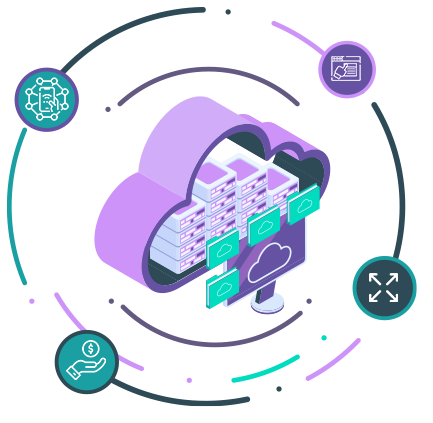The global mobile transaction value shows a 200% growth since the year 2017 as the total mobile money value processed per day reached over $2 billion in the year 2020 compared to 2017 and shows prominent signs of increasing further in the year 2022 [1]. The obvious fact for this is that the Covid-19 pandemic influenced people to transcend from traditional ways.
This gives us an indication that the future of banking is heavily reliant on mobile-related landscapes. The same is true in the context of the foreign inward remittance sector, especially in countries like Sri Lanka, where Inward remittance is one of the top sources of foreign exchange earnings [4]. For example, according to Trading Economics global macro models and analysts’ expectations, Sri Lankan personal remittances are expected to trend around $600 million in the year 2023 [3].
This calls for Sri Lanka Licensed Commercial Banks (LCB’s) to find proactive ways to stay ahead of the competition since it is being stated by the International Labour Organization that 90% of the households rely on the formal sector when it comes to remittance and out of which 81% of the households are using LCB’s due to widespread use of banking in Sri Lanka [2].
Here’s why LCBs should offer a Remittance Mobile App?
The evidence shows that there are a few critical areas that influence a remitter when selecting a remittance channel [2].
Reason #1 The Speed

73% of the Sri Lankan remitters who remit money are married [2], and this gives us an indication that remitting the money faster is a critical factor to the remitter as well as the beneficiary. Banks can bridge this gap by providing remittance related services through a mobile application where the remitter and the beneficiary can benefit.
For example, providing Remittance Partner Information in the mobile application will increase the convenience of performing remittances, which results in customers being granted the opportunity to reap the benefits offered by various remittance partners. This allows remitters to send money to their families without any unnecessary delays.
Reason #2 Privacy of remittances

81% of the remittances are done through LCB’s due to various reasons, but most importantly it benefits the customer since remitting through banks improves financial literacy, and it is a safer option as the services are legally bound. In essence, the use of banks to remit money is already a viable option since it protects the remitters privacy.
However, with a Mobile Remittance Application banks can increase privacy by connecting the remitter and beneficiary in real-time.
For example, the secured PIN transfer and Remittance tracking are important factors for both the remitter and the beneficiary; therefore, by allowing senders to securely transfer the PIN to beneficiaries through phonebook integrations and track their remittance status banks can facilitate the beneficiaries to be up to date of the remittances received and ensure the details associated with remittances are provided at their fingertips.
Reason #3 Location of the service provider
The majority of the remitters are keen on visiting the remittance service provider and with this, we can assume that since most of the remitters are sending money to their families, trustworthiness is a critical factor in selecting a service provider.

Through a mobile application, banks can facilitate features where remitters can be connected with the service provider through the application itself.
As an example, through a remittance application banks can enable customers to constantly stay in touch with the bank and bank representatives globally.
With a feature like this customer can make appointments with bank representatives effortlessly which grants the ability to customers to connect and receive assistance from bank representatives.
Reason #4 Operating hours of the remittance service provider

The major disadvantage banks face is that most of the LCB’s operate within limited hours. In a case of emergency, the remitter will struggle to obtain certain services.
This is an area where banks can mitigate with a Mobile application.
For example, banks can integrate core banking via APIs, CRM or loan system through a mobile application, allowing customers to make agile requests such as obtaining loans, opening new accounts, and transferring the received remittances to their respective account or even to an ATM card-less withdrawal through the application itself with ease and convenience.
In essence, with the use of a mobile application, now banks can enhance the customer experience via the digitalized end-to-end request process and put an end to the inconvenient over the counter procedures.
The perfect solution
hSenid Mobile solution with immense experience in providing successful digital solutions, especially in the banking domain, has designed the perfect solution for banks to overcome these obstacles and enhance customer experience through innovation.
The hSenid Remittance Mobile Application is designed to assist banks to eliminate such obstacles and allows to foster the remittance facilities of the bank which in return enable them to cross-sell and up-sell along with the remittance services.








